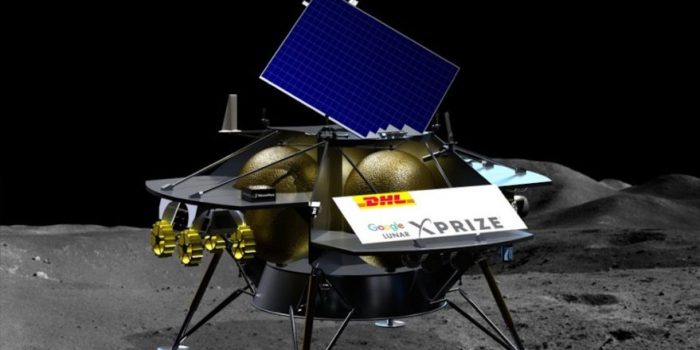The moon landing will always remain one of the most successful and well-known space projects. However, the space industry has come far ahead from that point. Now the topics of space colonization, space tourism, and space travel are discussed casually. The moon, however, is still a mystery in lots of areas. Therefore, a company has raised enough funds to finance a flight to the moon.
According to a recent press release, a manufacturer of 3D printers called AON3D has raised $11.5 million to finance the dispatch of a moon lander from the earth. If the company manages to send this lunar lander to the moon, it will be considered the first 3D-printed machinery to be sent to the moon.
These large sums of funds allow the company to exhibit the wonders of 3D printing to the world and show what is it capable of. Astrobotic is another company with the objective set to manufacture parts for a lander that has a shot at being the first 3D-printed vehicle to soft-land on the moon since Apollo 17 which is called the Peregrine Lander.
“We believe the 3D printing future is more open-source and financially accessible, so all businesses have access to the same hardware as top firms,” said CEO AON3D Kevin Han in the release. Astrobotic came into being in 2007 and emphasizes research in lunar technologies which includes commerce and exploration. This aims to build a workflow to fire payloads to the moon in ways that are more accessible to wider market interests. Astrobotic collaborated with AON3D and its AON M2+ to 3D print approximately 300 parts for the new lander, with ambitions to minimize its size without giving ground on durability.

There is a possibility of ‘outgassing.’ This happens when the unconscionably cold temperatures of outer space add to condensation in or on the vehicle. It lowers the capability of the lander to sense moisture on the moon. “Being able to go from full-scale, economical prototypes to space-ready parts — using PEEK, PEKK, and ULTEM on one machine — was huge for achieving our ambitious goals,” they said.
Peregrine Lander will be 8.2 ft by 6.2 ft (2.5 m by 1.9 m) and will have modifiable decks, which will allow it to carry payloads of various shapes and sizes. The bottom side of the vehicle is also a disembarking place for rovers, should they be included on a future mission. This is a step towards companies like Astrobotic to make this technology accessible.


